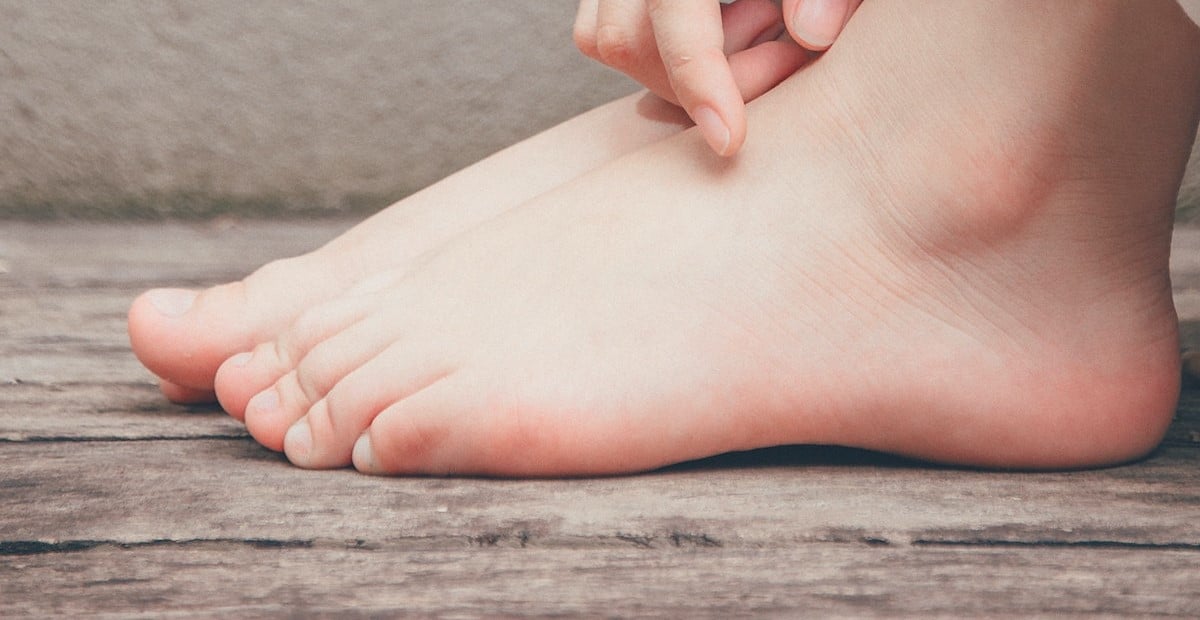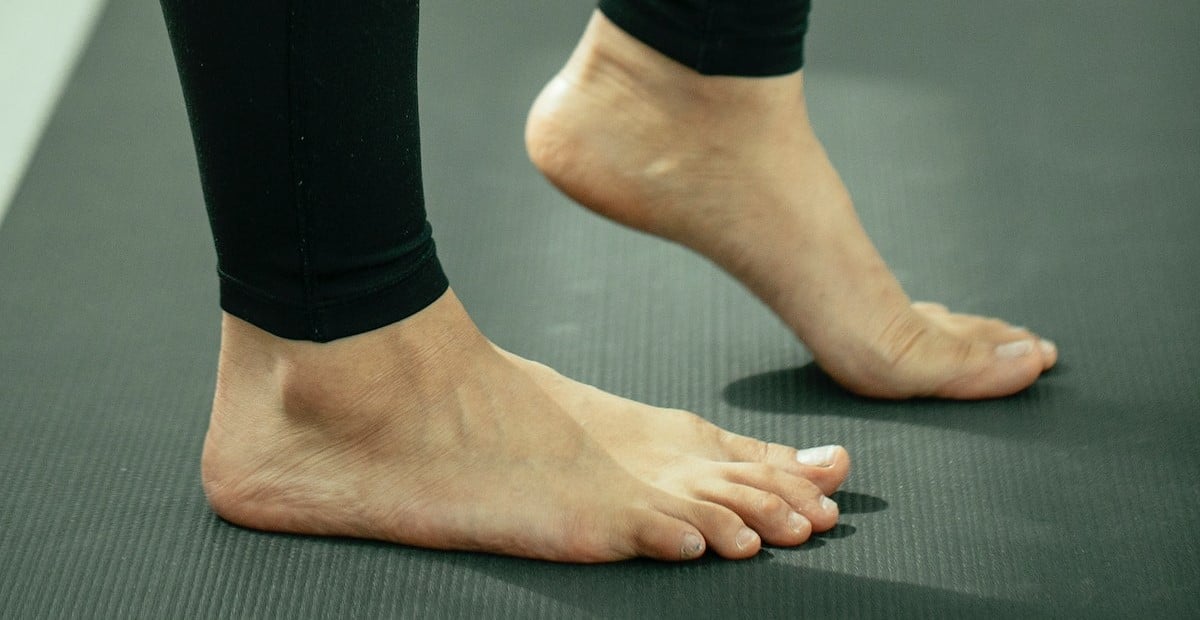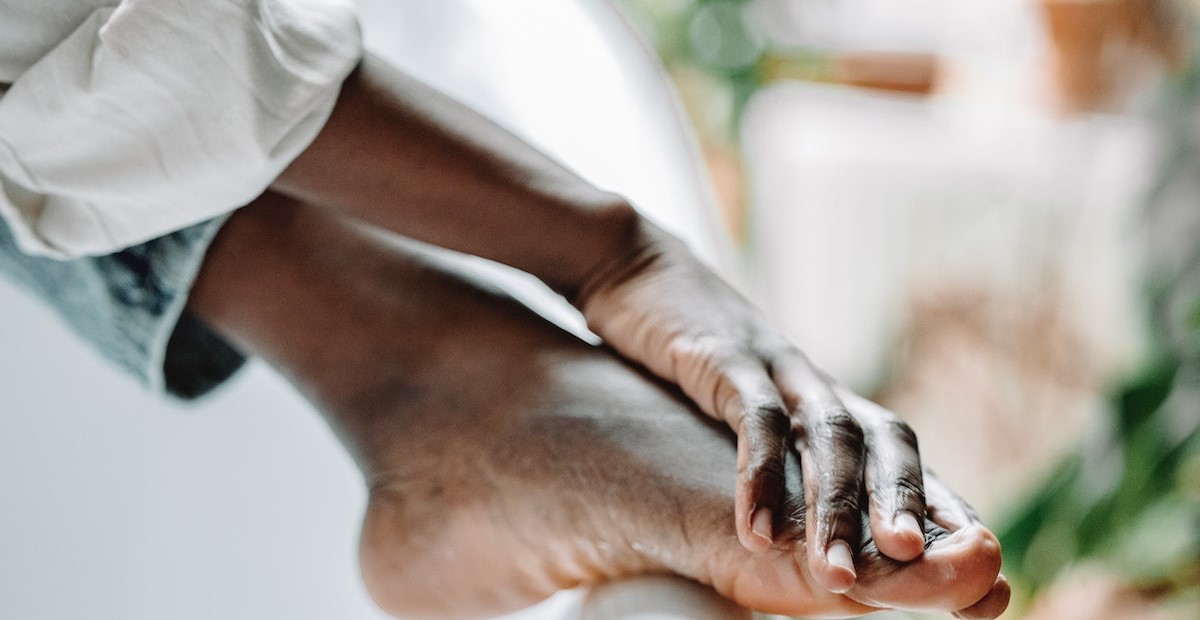
Contents
Discovering the right way to treat blisters and learn about the blister wound healing process all round
Friction blisters and blood blisters will probably sound familiar. I mean, who hasn’t had one before? From stubbing your toe to wearing out your trainers, our skin condition can change in a matter of minutes, and so can our ability to go about our daily tasks with ease.
For runners and trainers around the world, knowing how to treat blisters is like knowing how to tie your shoes – it’s an essential skill that allows us to unlock our basic fitness lifestyles. And while preventing blisters is one thing, getting rid of them is a whole new ballpark.
Thankfully blisters heal naturally over time, but that doesn’t mean we can’t use the knowledge that we cultivate to speed up the process and return to our regular routines.
So what is that knowledge, and how can we get rid of blisters once and for all?
How to
You could try a host of natural remedies to get rid of blisters, if you feel the classic and somewhat dangerous ‘pop’ is a little too much.
Aloe vera gel is known to help reduce inflammation and take the heat away from blisters, removing part of the discomfort present. Green tea also has anti-oxidant properties that help with inflammation. If it’s a large or painful blister, you might want to try tea tree oil. This remedy has a whole bunch of anti-bacterial properties, meaning that if you do go for the ‘pop’, you’ll want to use something that cleans the wound straight after.
The drains
Sometimes blisters need draining. When they get too big and cause a serious level of discomfort, then draining blisters isn’t the worst option in the world. While it’s good to prevent blisters, when it’s too late, you should try the following –
- ”Wash your hands and the blister. Wash your hands with soap and warm water.
- Disinfect a needle with alcohol. Dip a needle in rubbing alcohol to disinfect it.
- Carefully puncture the blister. Poke three or four shallow holes around the edge of the blister.
- Cover the blister with ointment. Apply an ointment, such as petroleum jelly, to the blister.
- Apply a dressing. Cover the blister tightly with a bandage or gauze.
- Repeat. Blisters tend to fill back up quickly. You may need to perform these steps every six to eight hours for the first 24 hours.” – healthline, 2019.


Conclusion
Other than the above methods, you could also try for medical advice, medication or, of course, check out ways to prevent them in the first place, from using talc to moisture-wicking socks. Most blisters present some sort of frustration, be it pain or mild discomfort.
FAQs
What should I do if I have too much dead skin?
You can try using certain skin removal stones, moisturising creams or a change of footwear.
What will happen if I don’t treat my blister correctly?
Blisters are prone to infection. Untreated infections can be painful and require a dose of antibiotics.
Are all blisters caused by friction?
No, some blisters are caused by something more serious than friction. Call your doctor if: The blister fills with yellow or green pus. The area is red, inflamed, or hot to the touch. The pain gets worse instead of better.